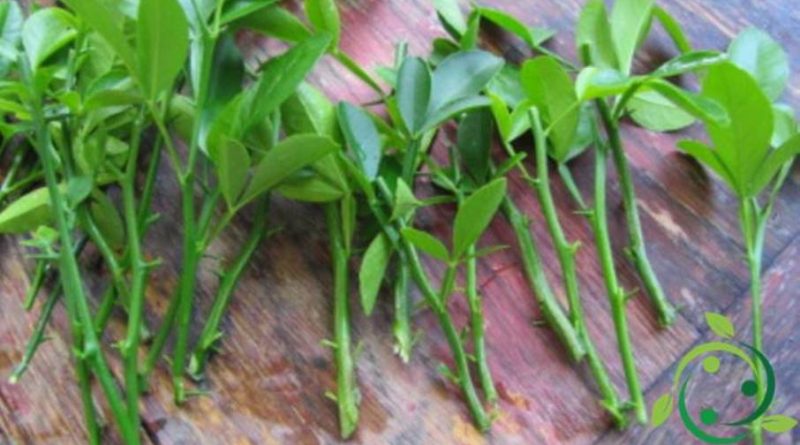How to prepare a citrus cutting
How to prepare a citrus cutting
Propagation by cuttings is one of the most ancient agronomics practiced by man and even with a few tricks and a fairly simple equipment you can learn this fundamental agricultural technique. In this guide we will see how to prepare a citrus cutting and, above all, the most useful suggestions.
The first step is to build a small greenhouse (which you can then use for many other nursery activities) and make sure to shade it (with shading nets purchased in specialized agriculture stores) so that the sun’s rays are filtered. The greenhouse can be made of light material such as Common reeds or, if you prefer it more resistant and consistent in bamboo canes. To prevent drafts, the greenhouse must then be covered with polyethylene film, making sure that it is accessible through a single but hermetic opening. A greenhouse just a few square meters is enough to access and inspect it.
Once you have the structure where to root the cuttings you can move on to the actual preparation of the cuttings. To prepare a cutting it is advisable to take a portion of the branch with 4-5 eyes (on a 1-2 year old branch, about 15 cm long), provided with two or three leaves and fairly straight. The base of this branch should be immersed for a few minutes in a radiating mixture based on hormones. At this point we move on to the second operation; the sprig (or twigs) should be immersed in jars of appropriate size (even 10 x 10 x 10 cm) filled with a mixture of 70% peat and 30% sand (possibly siliceous). The best time to do this is from May to August.
Once the jars have been set up with the individual cuttings and placed in the greenhouse, be careful to keep the soil moist and moist the surface of the leaves for about 20 to 30 days. During this time, your cuttings will first form a callus at the base and then begin to emit roots. Once the roots are released the new plants will be independent but for the transplantation it will be necessary to wait for the autumn period (around November) or the one at the end of winter after the last frosts.
With the propagation by cuttings you will get a specimen that is completely identical to the mother plant but it must be said that it is not suitable for all citrus fruit.
Some plant defects obtained by cuttings can be those of presenting a weak root system and that therefore generates less long-lived plants.

